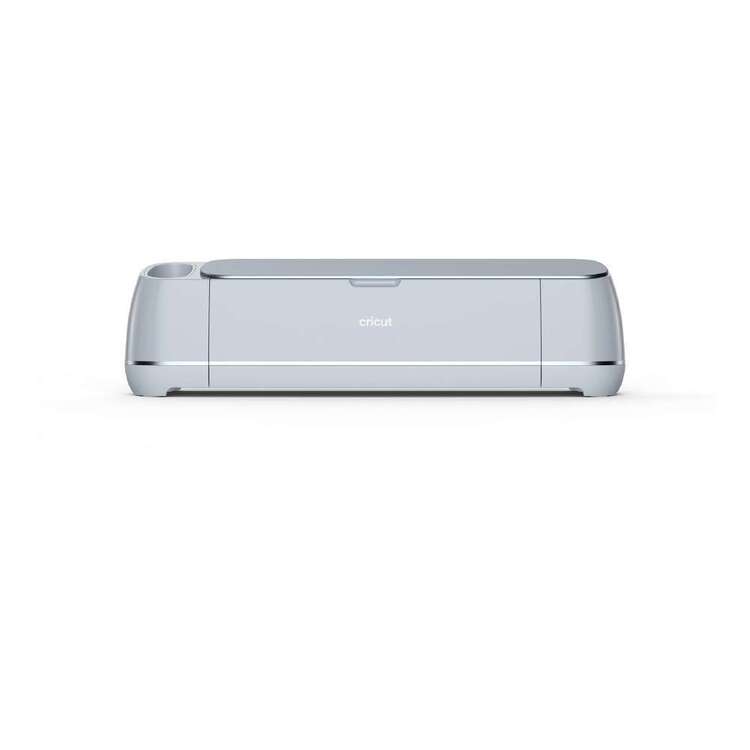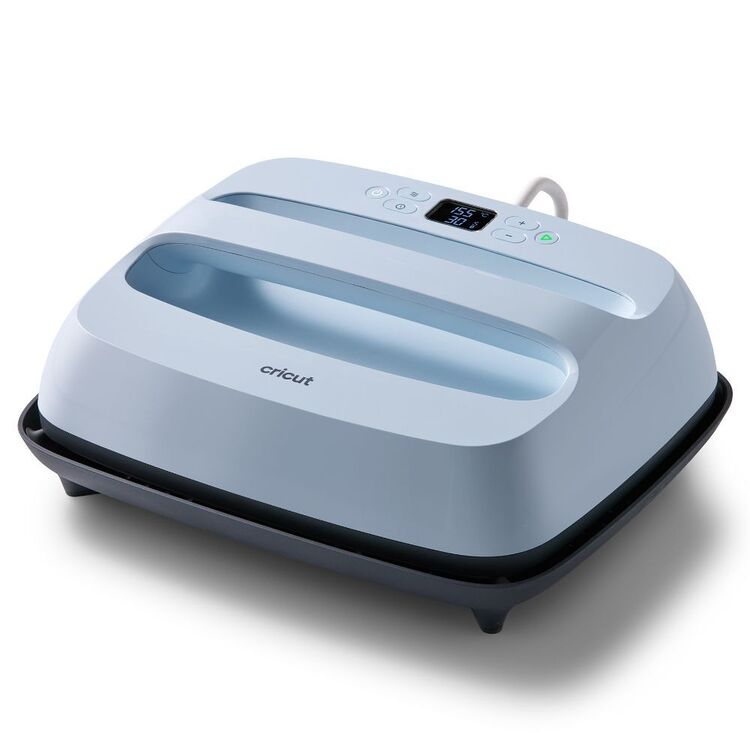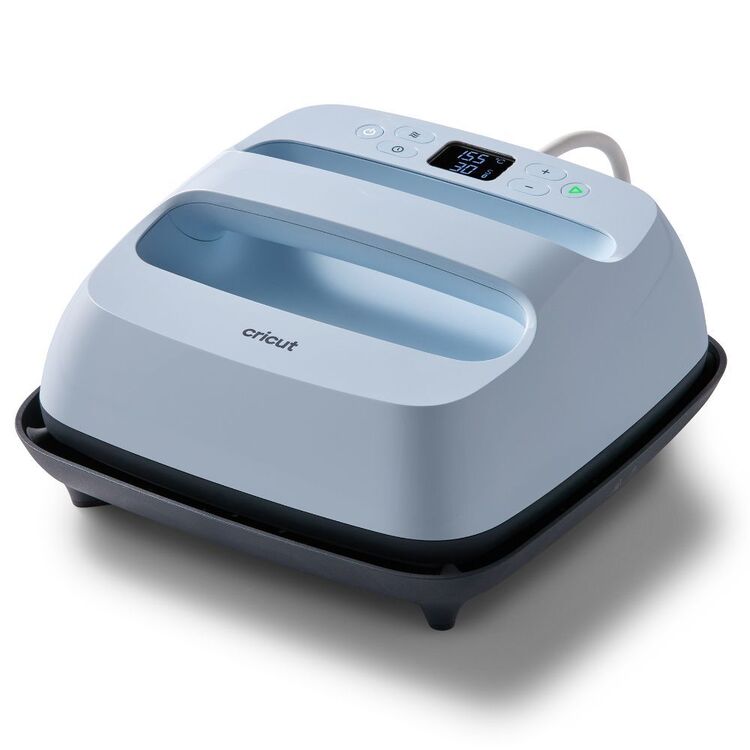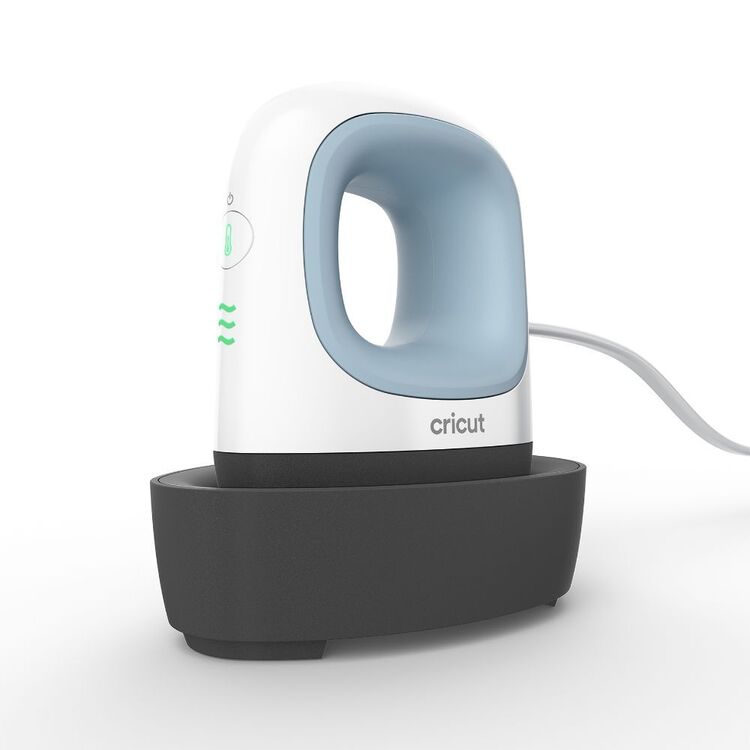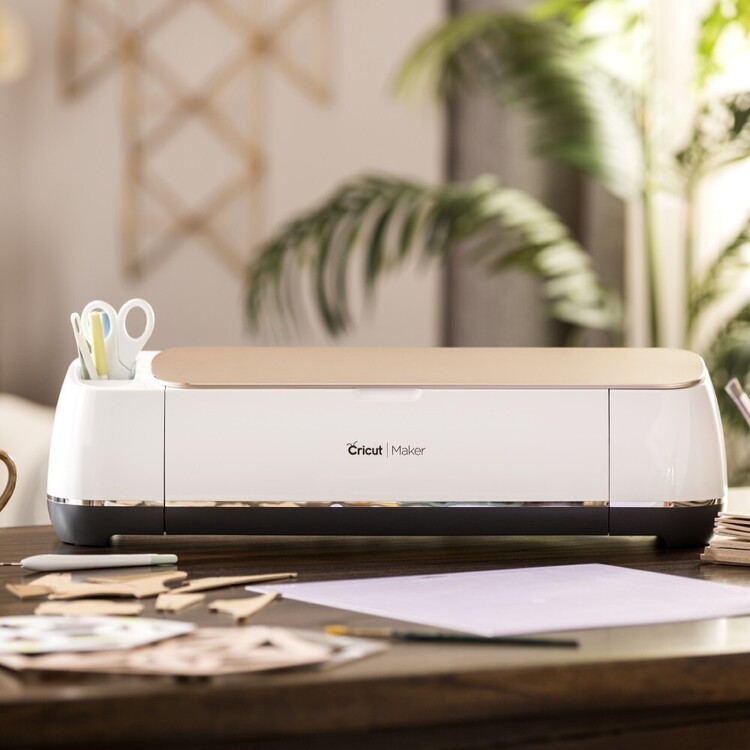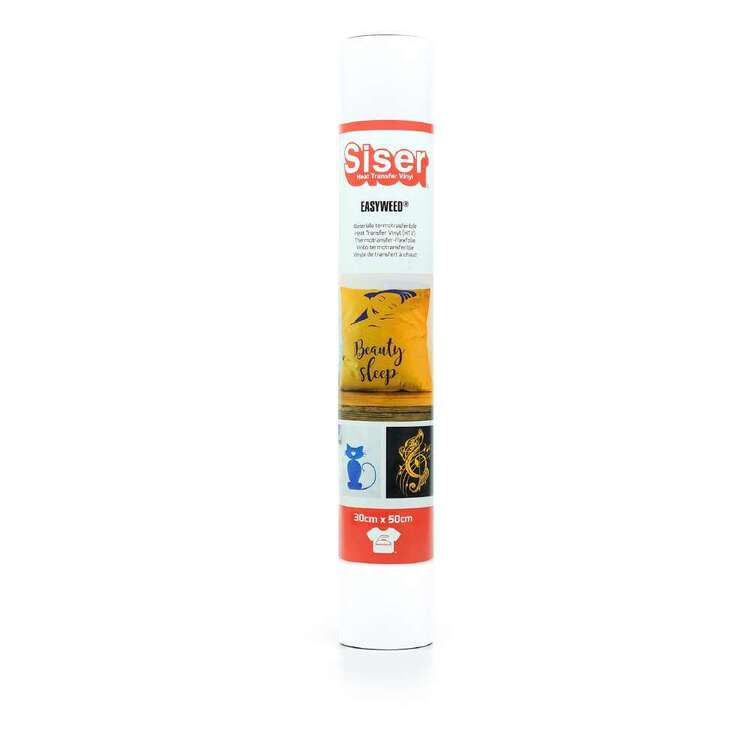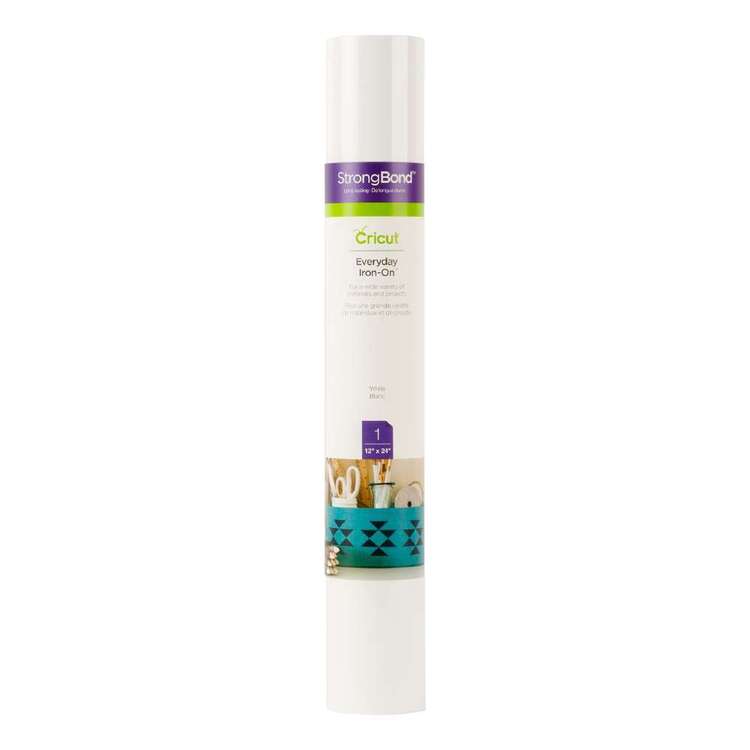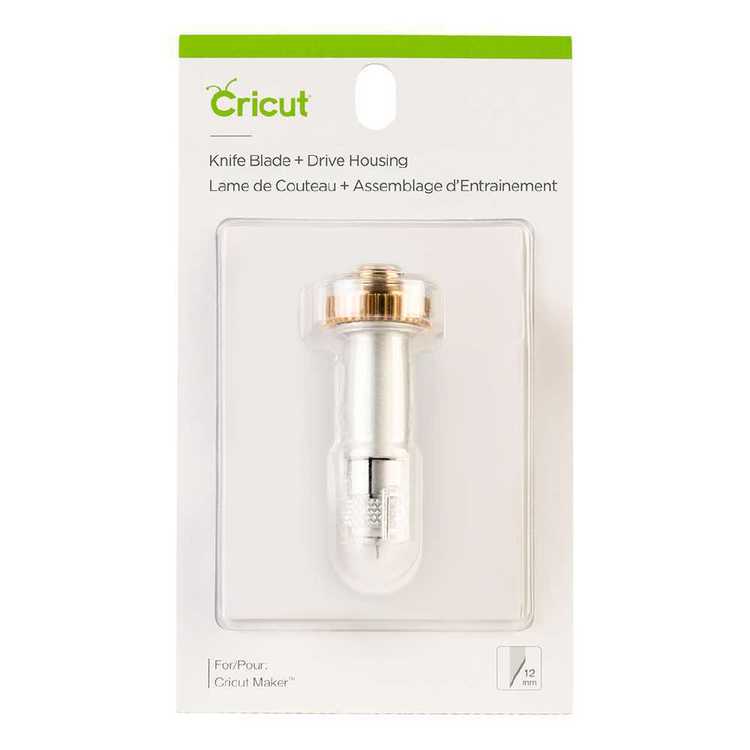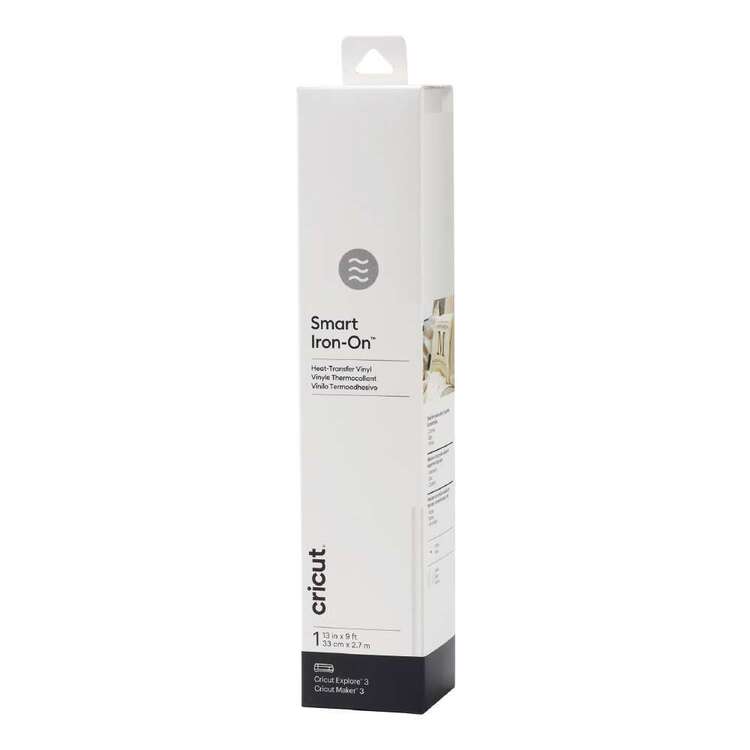 | ||
| Your browser is not supported. | ||
|
Please browse our site using any of the following options:
| ||
Paper Craft Supplies
Explore our papercraft supplies for your next project at Spotlight. Select from our range of paper craft supplies for bargains galore online or in-store today.
1236 items found.
- ...
Shop Papercraft Supplies For Your Next Project at Spotlight
Paper crafting is a fun way to make unique products such as cards, invitations, decorations, scrapbooks and much more. Get the supplies you need to enjoy the wonders of papercrafting at Spotlight. Whether you are a beginner looking for the essentials or more experienced and looking to upgrade your tools, find it all here.
Featuring well known brands such as Cricut, Silhouette, Fiskars, Francheville and many more, trust Spotlight for quality papercraft products you'll love. You can also get inspired with FREE Papercraft and Scrapbooking Project sheets that you can try at home.
Explore Our Complete Range Of Paper Craft Supplies
There are some versatile paper craft supplies that you must have in your collection. These include:
- Craft Scissors: One of the first papercraft tools you must obtain for your papercraft projects is a pair of quality scissors. Detail scissors are required for your detailed projects, since they are commonly used to cut smaller items. However, detail scissors are commonly used to cut other items too - this includes items with an adhesive back.
- Paper Trimmer: Crafters will also require a good paper trimmer for their papercraft projects. A paper trimmer enables you to easily cut paper with the greatest detail. With some models of paper trimmers, you can even replace a normal blade with a scoring blade - this ensures that you cut the paper to meet your requirements. Most crafters will choose a smaller paper trimmer for their papercraft projects. However, if you have your own craft room and do not mind spending a little extra, you could certainly invest in one of the largest paper cutters.
- Papercraft Machines: Crafters can get more advanced paper cutters too - this includes the electronic cutting machines. Even though they cost more than a small paper cutter, the electronic cutting machine could prove valuable for cardmaking, invitations, signs, home decorations, and a whole lot more.
- Coloured Paper and Cardboard: Develop different colourful creations with our range of coloured paper and cardboard. Choose from a wide range of shades that suit your needs.
- Cardstock: Cardstock is more durable than normal writing or printing paper and can be used for many different papercraft projects - this includes the creation of business cards, postcards, playing cards, catalogue covers, scrapbooking, and a bunch of other things. So, this versatile type of paper certainly belongs in your papercraft arsenal.
- Scrapbooks: Get started on your project with the perfect scrapbook.
Visit Our Papercraft Store For Materials In A Variety Of Colours To Suit Your Project
Spotlight is more than just fabrics. Extraordinaires in home decor, masters in manchester and an exceptional papercraft store, you can enjoy a whole variety of papercraft supplies at Spotlight. No matter your project, whether it's creating an information stacked poster for a school assignment or your personalising gifts for your friends and families, the variety of colours is perfect for your next creative endeavour.
Bold black vinyls are great for when you're crafting personalised gifts such as labels for mugs or accessories while the vibrant and pastel toned coloured paper is incredible for scrapbooking your favourite memories.
Papercraft FAQs
What other papercraft tools should I consider?
Additional useful tools for paper crafting include a bone folder to help you make sharp creases, papercraft embellishments for a bit of flair and ephemera or stencils to create a beautiful message.
What supplies do I need for cardmaking?
Essential cardmaking supplies include beautiful cardstock, washi tapes, envelopes and embossing. You can personalise your card with stamps, calligraphy and more personal touches.
Join Spotlight's VIP Club For Exclusive Offers on Our Papercraft Supplies
Discover exclusive access to events and special offers with the Spotlight VIP Club. Become a member and enjoy incredible benefits including everyday discounts and early sales notifications. You will also receive birthday vouchers as well as an added welcome voucher when you sign up! Sign up and become a member of the VIP Club today!
Shop Papercraft Essentials Online for Bargains Galore
On this page, customers can find countless papercraft tools that could prove useful in their own collection. If you want to discover more useful papercraft tools, be sure to check out our entire craft supplies collection today and discover some additional papercraft tools that could be of use to you.
Do you have any questions about our papercraft tools? Discover the comprehensive Paper and Cardstock Buying Guide and Scrapbooking Buying Guide for in depth information on choosing the right paper and scrapbooking supplies for you. Shop online and enjoy the convenience of click and collect or find a Spotlight store near you today to see the range in person!








